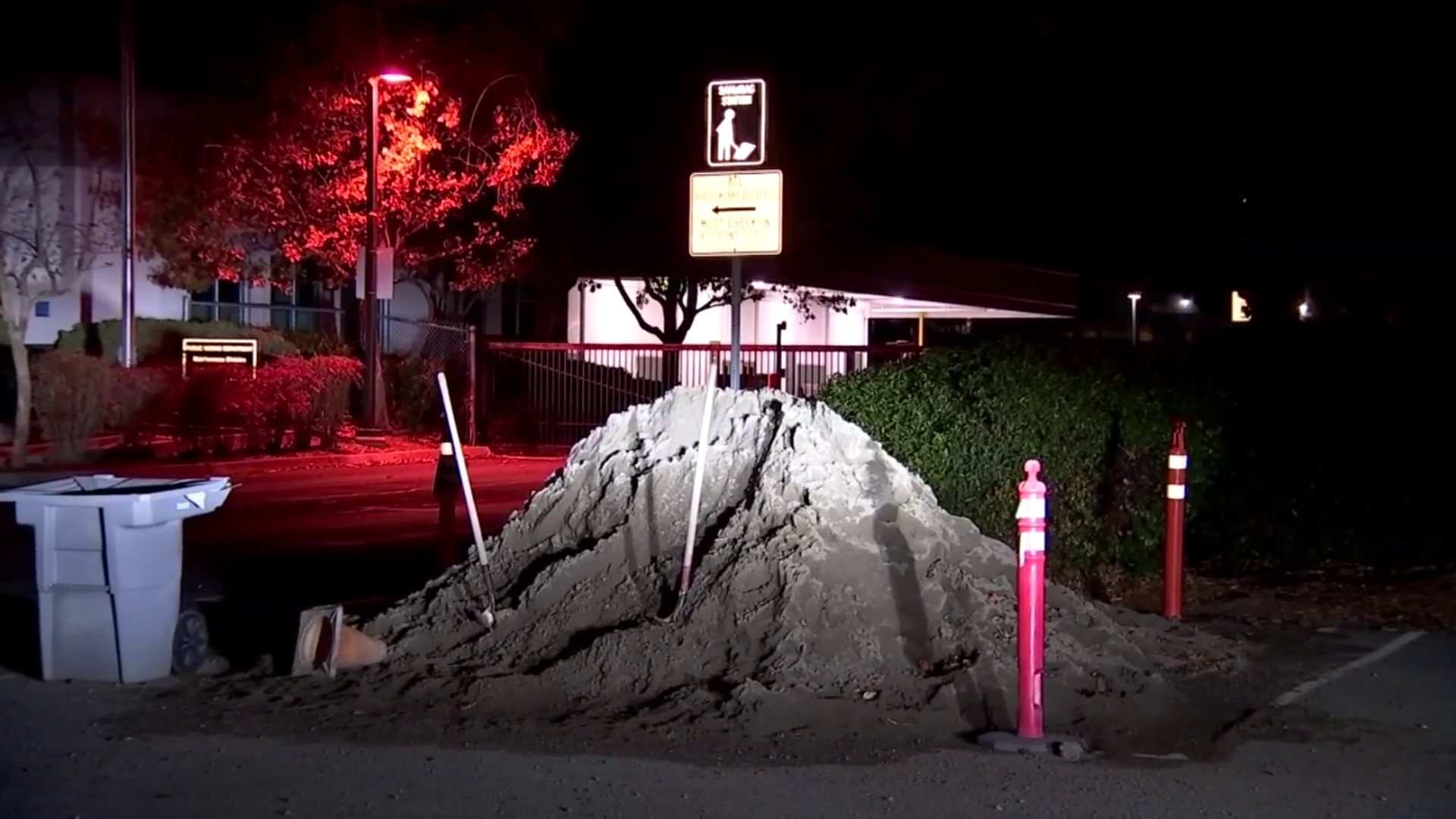A pair of surfers could be seen criss-crossing with whales near the Golden Gate Bridge on Thursday as the giant mammals frolicked and breached in the water.
A few times, the windsurfer and kite-surfer got a little too close to the swimming whales, following them and cutting into their path. National Oceanic and Atmospheric Administration guidelines prohibit whale watchers from getting too close to whales and other marine mammals.
Migrating humpback whales have been swimming into San Francisco Bay in unprecedented numbers over the past two weeks — an onslaught that experts say could be caused by an unusual concentration of anchovies near shore.
Just Monday, whales were spotted swimming near Crissy Field.
As many as four humpbacks at a time have been spotted flapping their tails and breaching in bay waters, apparently feeding on the anchovies and other schooling fish during incoming tides, the San Francisco Chronicle reported Thursday.
NOAA guidelines require people to restrict their activities within 100 yards of marine mammals. They also prohibit people from following behind a whale or approching directly in front of a whale. Whale watchers should avoid excessive speed.
Marine mammals are protected under the Marine Mammal Protection Act and large whales, such as sperm and humpback whales, are also protected under the Endangered Species Act.
Violators can be fined up to $10,000 for each violation, or criminal prosecution with a fine of up to $100,000 or imprisonment for up to one year or both.
It's normal for gray whales to wander into the bay, but humpbacks generally feed farther offshore and are not accustomed to navigating shallow water and narrow straits such as those in San Francisco Bay, the Chronicle reported.
Mary Jane Schramm, a spokeswoman for the Greater Farallones National Marine Sanctuary, said she and other marine experts worry that the whales could swamp boats while breaching, get hit by a ship or spooked by people who paddle or sail out to see them.
"I had never seen humpback whales before, and it was awesome," said Laurie Duke, 54, who volunteers at the Marine Mammal Center and Golden Gate Cetacean Research. "They were mostly coming partially out of the water, showing their tails.'
Schramm said the animals could get into trouble if they head any direction except west because the potential for disease and skin problems is greater in fresh and brackish water.
"The deeper they get into the bay, the more acoustically confusing it becomes," she said of the whale's sense of direction.
Local
The whales are migrating north after likely giving birth in the waters off Mexico and Central America, Schramm said.
Schramm's biggest fear is that the giant visitors will go the way of Humphrey, a famous 40-ton humpback who caused pandemonium in 1985 when he swam through the Carquinez Strait, up the Sacramento River and into a creek.



